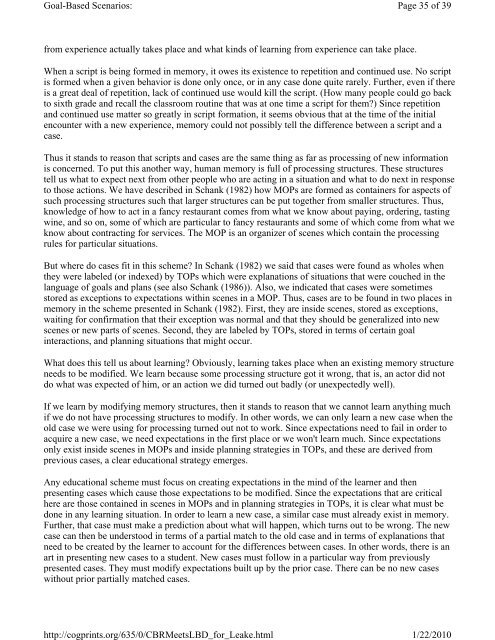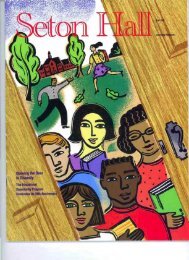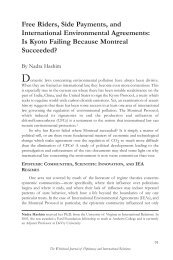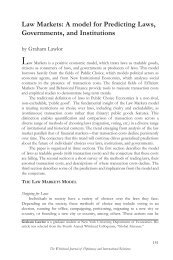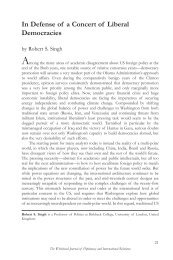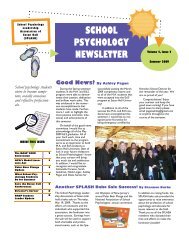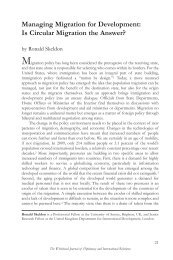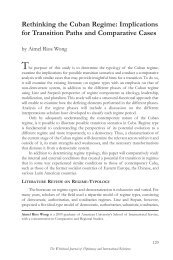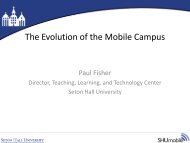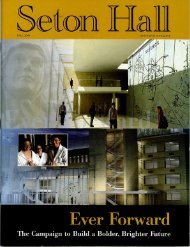Case-Based Reasoning Meets Learning by Doing
Case-Based Reasoning Meets Learning by Doing
Case-Based Reasoning Meets Learning by Doing
Create successful ePaper yourself
Turn your PDF publications into a flip-book with our unique Google optimized e-Paper software.
Goal-<strong>Based</strong> Scenarios:<br />
from experience actually takes place and what kinds of learning from experience can take place.<br />
Page 35 of 39<br />
When a script is being formed in memory, it owes its existence to repetition and continued use. No script<br />
is formed when a given behavior is done only once, or in any case done quite rarely. Further, even if there<br />
is a great deal of repetition, lack of continued use would kill the script. (How many people could go back<br />
to sixth grade and recall the classroom routine that was at one time a script for them?) Since repetition<br />
and continued use matter so greatly in script formation, it seems obvious that at the time of the initial<br />
encounter with a new experience, memory could not possibly tell the difference between a script and a<br />
case.<br />
Thus it stands to reason that scripts and cases are the same thing as far as processing of new information<br />
is concerned. To put this another way, human memory is full of processing structures. These structures<br />
tell us what to expect next from other people who are acting in a situation and what to do next in response<br />
to those actions. We have described in Schank (1982) how MOPs are formed as containers for aspects of<br />
such processing structures such that larger structures can be put together from smaller structures. Thus,<br />
knowledge of how to act in a fancy restaurant comes from what we know about paying, ordering, tasting<br />
wine, and so on, some of which are particular to fancy restaurants and some of which come from what we<br />
know about contracting for services. The MOP is an organizer of scenes which contain the processing<br />
rules for particular situations.<br />
But where do cases fit in this scheme? In Schank (1982) we said that cases were found as wholes when<br />
they were labeled (or indexed) <strong>by</strong> TOPs which were explanations of situations that were couched in the<br />
language of goals and plans (see also Schank (1986)). Also, we indicated that cases were sometimes<br />
stored as exceptions to expectations within scenes in a MOP. Thus, cases are to be found in two places in<br />
memory in the scheme presented in Schank (1982). First, they are inside scenes, stored as exceptions,<br />
waiting for confirmation that their exception was normal and that they should be generalized into new<br />
scenes or new parts of scenes. Second, they are labeled <strong>by</strong> TOPs, stored in terms of certain goal<br />
interactions, and planning situations that might occur.<br />
What does this tell us about learning? Obviously, learning takes place when an existing memory structure<br />
needs to be modified. We learn because some processing structure got it wrong, that is, an actor did not<br />
do what was expected of him, or an action we did turned out badly (or unexpectedly well).<br />
If we learn <strong>by</strong> modifying memory structures, then it stands to reason that we cannot learn anything much<br />
if we do not have processing structures to modify. In other words, we can only learn a new case when the<br />
old case we were using for processing turned out not to work. Since expectations need to fail in order to<br />
acquire a new case, we need expectations in the first place or we won't learn much. Since expectations<br />
only exist inside scenes in MOPs and inside planning strategies in TOPs, and these are derived from<br />
previous cases, a clear educational strategy emerges.<br />
Any educational scheme must focus on creating expectations in the mind of the learner and then<br />
presenting cases which cause those expectations to be modified. Since the expectations that are critical<br />
here are those contained in scenes in MOPs and in planning strategies in TOPs, it is clear what must be<br />
done in any learning situation. In order to learn a new case, a similar case must already exist in memory.<br />
Further, that case must make a prediction about what will happen, which turns out to be wrong. The new<br />
case can then be understood in terms of a partial match to the old case and in terms of explanations that<br />
need to be created <strong>by</strong> the learner to account for the differences between cases. In other words, there is an<br />
art in presenting new cases to a student. New cases must follow in a particular way from previously<br />
presented cases. They must modify expectations built up <strong>by</strong> the prior case. There can be no new cases<br />
without prior partially matched cases.<br />
http://cogprints.org/635/0/CBR<strong>Meets</strong>LBD_for_Leake.html<br />
1/22/2010


